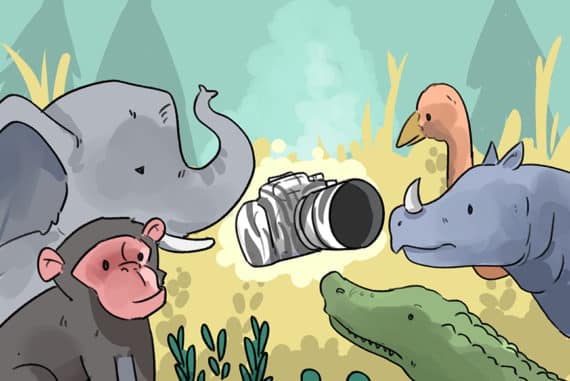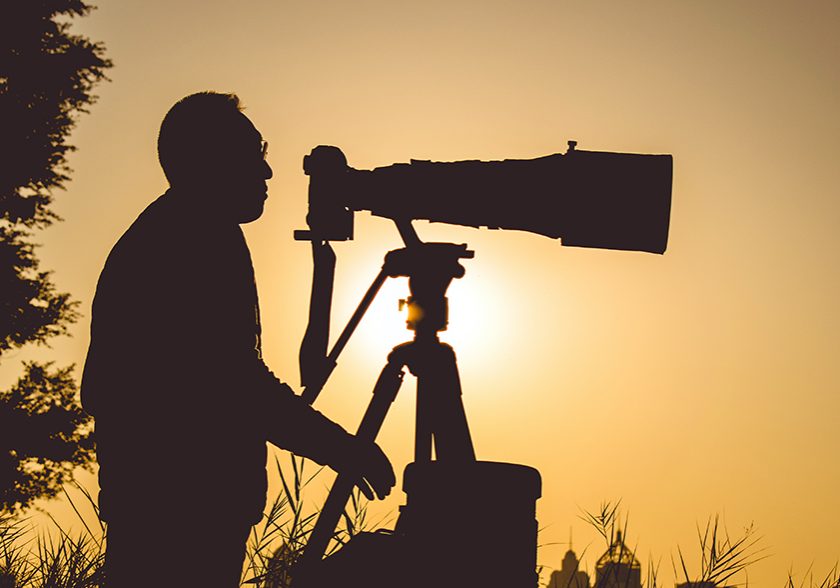
Teleconverters: What They Are and How to Use Them
Thinking of extending your focal range with a teleconverter? This article will explain what teleconverters are, how they affect your lens, and how to use them.
Learn | By Judyth Satyn
This is a guide to teleconverters, what they are and how to use them.
Teleconverters can double your lens’s focal length. Wildlife and nature photographers swear by them.
To maximise a teleconverter’s potential, there are techniques you need to know.
Read on to discover how to reap the benefits of incredible long-range photography.
Table of Contents
What Are Teleconverters and How Do They Work?
A teleconverter is simply a magnifying lens that is placed between the camera body and the existing lens.
It is also known as a lens extender.
It allows you to add additional focal length to a lens. Achieving a greater telephoto effect than the lens by itself.
They give a similar magnification to a crop sensor camera, which is roughly 50 or 60%.
The 1.4x teleconverter adds 40% to the focal length but takes one stop of light.
The 2x teleconverter doubles the focal length of your lens, and you lose two stops of light.
Using a 1.4x teleconverter on a 500-millimeter f/4 lens will make it a 700-millimeter f /5.6 lens.
Using a 2x teleconverter on the same lens will make it a 1000-millimeter f /8 lens.
Do Teleconverters Affect Image Quality?
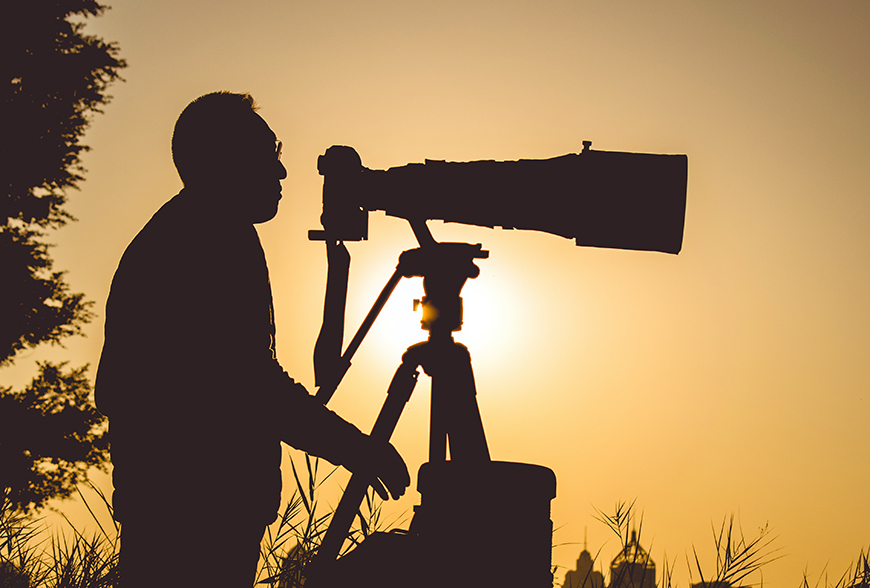
Credit: Jonathan Mabey
Teleconverters sound like a simple, affordable way to achieve more reach.
However, when you dig beneath the surface, it’s a little more complicated.
A teleconverter takes a smaller rectangle from the lens field of view and magnifies it.
Effectively, it stretches the lens’s visual onto the camera’s sensor.
The way to do this without quality loss depends entirely on the calibre of the lens.
It is also dependent on the quality of your teleconverter optics.
Using a sharper lens will allow more stretch without quality loss.
However, if the lens isn’t sharp, the teleconverter’s magnification will amplify this.
The resulting picture will be blurry. In effect, it is the same as taking a blurry photo and making it larger.
Just the same as you see when you enlarge a low-pixilated picture on a computer.
Teleconverters magnify atmospheric distortion from heat. This can also result in poor picture quality.
Another way teleconverters affect results is by lowering incoming light.
When using the 1.4x, you will need to double your ISO. The 2x teleconverter will quadruple your ISO.
Thus, the shutter speed will need to be reduced or the ISO increased, which can lead to blur.
The need to increase ISO will lead to a degradation of the photo. This could potentially add ISO noise and grain to the photo.
If you plan to photograph action shots at twilight using a teleconverter, it’s going to be tricky.
To shoot sharp photos using one, you need bright light and a superior lens.
Using a Teleconverter – Pros and Cons
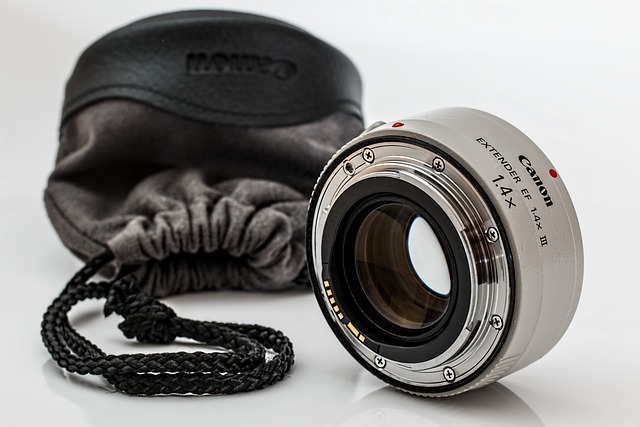
Deciding whether or not to use a lens extender is a balancing act.
You will have to weigh up the gains and the potential losses.
They come with benefits, but they also have drawbacks. Let’s check them out.
Pros
Increased Focal Length Range
A teleconverter will increase the reach of your lens.
Using a 2x teleconverter, a 50mm lens will become a usable 100mm. A 135 lens will become a 270mm.
Cost-Effective
They provide a more affordable alternative to purchasing a longer lens, especially for occasional use.
Portability
Teleconverters are compact and lightweight, making them easy to carry and adding minimal weight to a photographer’s kit.
Maintained Minimum Focusing Distance
Despite the increased focal length, the minimum focusing distance of the lens remains unchanged, allowing for larger reproduction ratios and closer shots of subjects.
Versatility
They can be used with various compatible lenses, allowing photographers to achieve different magnifications without needing multiple long lenses.
Cons
Although the cons outweigh the pros, they can be avoided.
Autofocus Speed
Autofocus will either not work or not work well. Most DSLRs need between f/5.6 and f/6.2 to focus.
When you use teleconverters on slower lenses, such as a 6.3 lens, your camera may not be able to autofocus at all.
Lens Speed
The primary con of using a teleconverter with regard to lens speed is the reduction in the amount of light that reaches the camera’s sensor.
When a teleconverter is added, it increases the effective focal length of the lens but also decreases the lens’s maximum aperture.
For instance, a 1.4x teleconverter will typically reduce the lens speed by one f-stop, while a 2x teleconverter will reduce it by two f-stops.
This means that if you’re using a lens with a maximum aperture of f/2.8 and add a 2x teleconverter, the maximum aperture would become f/5.6.
This reduction in lens speed can make it challenging to shoot in low-light conditions without increasing the ISO or using longer shutter speeds, potentially leading to increased noise or motion blur.
Image Quality
Picture quality can be affected when using a teleconverter. A teleconverter limits incoming light. Thus, the ISO needs to be increased.
Combining teleconverters with some lenses is not advised.
It will look like a smear of fog has landed on top of the lens.
However, DSLR camera ISO capabilities are improving daily, giving higher-quality results.
Field of View
A teleconverter crops the lens’s image in a circle. So you lose some of the field of view.
This can lead to you losing essential subject matter, which can be devastating.
For instance, if you are on a one-off wildlife shoot and the teleconverter cuts one zebra from the scene.
You have been warned. Don’t think all you need to do is buy a converter to shoot at twice the distance.
There are a few tricks and techniques to learn.
Teleconverter Compatibility
Teleconverters are not universally compatible with all lenses, and using them with non-compatible lenses can result in poor image quality or autofocus issues.
Additionally, some camera and lens combinations may not allow electronic communication when a teleconverter is attached, affecting functions like autofocus and aperture control.
What Types of Lenses Work with Teleconverters?
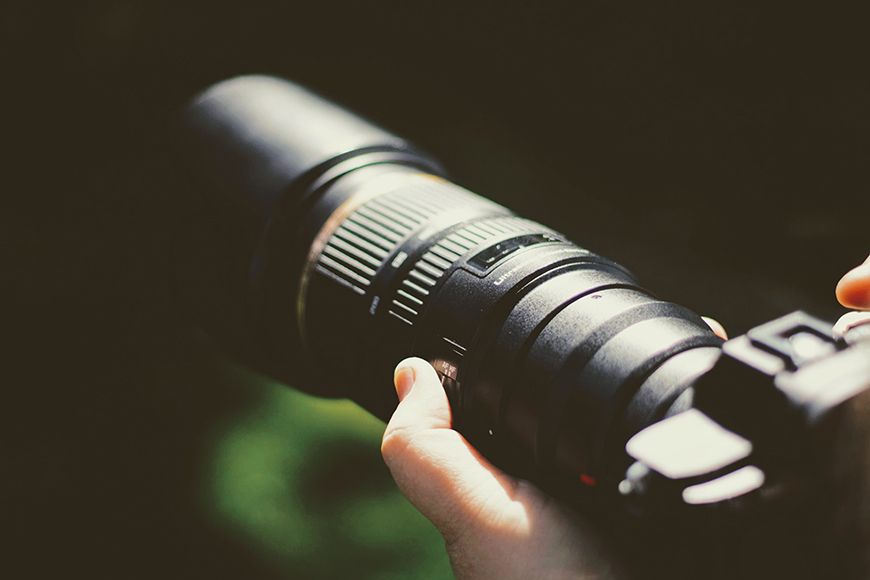
Credit: Joshua Hoehne
The lenses listed below are of superior quality and produce razor-sharp images.
Teleconverters were initially made to work in conjunction with super telephoto lenses.
Super telephoto lenses have a long focal length worth amplifying.
Everyday lenses have a short focal length, which is hardly worth magnifying.
They are the best lenses to use in combination with a teleconverter.
Nikon
The lenses listed below are compatible with all Nikon AF-S teleconverters.
AF-S NIKKOR 200mm f/2G ED VR II
They are commonly used for sports, music, theatre and studio portraiture.
AF-S NIKKOR 300mm f/2.8G ED VR II
Used by professionals for sports photography, live performances, and wildlife photography.
Used by wildlife Photographers. It is particularly beneficial for lowlight scenes or with lens extenders.
Zoom Lens
AF-S NIKKOR 70-200mm f/2.8G ED VR II
A fast telephoto zoom lens. Used for shooting low-light, sports, wildlife, concerts, and more.
Canon Lenses
The lenses listed below are compatible with all Canon teleconverters.
The optics have been designed for maximum shallow depth of field.
It is most commonly used for sports, performance shooting, and everyday shots.
A light telephoto lens used for wildlife and sports photography.
Zoom Lens
Cannon EF 24-70mm f 2.8 IS II USM
A versatile zoom lens used for everyday photography.
Do Teleconverters Work with Zoom Lenses?
The short answer is yes, they work with zoom lenses, but not all.
If you want to use a zoom, it must be high-end to make attaching a teleconverter worthwhile.
Premium zoom lenses are the only zoom lenses to use. They can handle the extra stretching of the image.
For a lens to fully benefit from a teleconverter, it requires a level of sharpness that hasn’t been maximized by your camera with the current lens.
A teleconverter can help bring out even more sharpness from the lens.
However, if you use a low-grade zoom lens, you could be in shock.
The lens will struggle to focus when combined with a teleconverter.
Most photographers prefer only to use teleconverters with fixed lenses.
Is It Better to Crop or Use a Teleconverter?
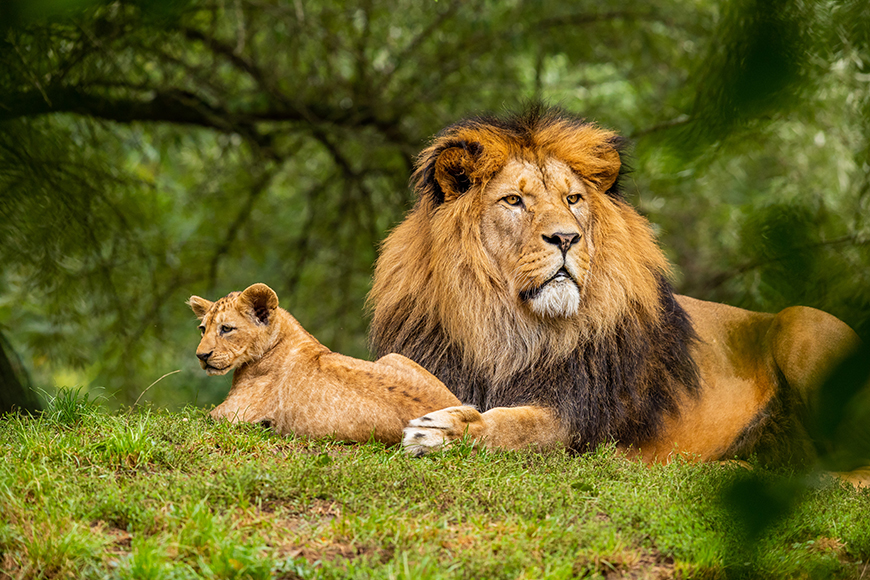
Credit: Zdenek Machacek
To crop or use a teleconverter? Neither can compete with getting closer to the subject with your camera.
But whether it is better to crop will depend mostly on the lens teleconverter combination you are using.
One way to tell is to test the crop vs. teleconverter results.
Take two photos of the same scene, one with the teleconverter and one without. Then crop the second image and compare the two results.
When you zoom in, which image looks sharper?
If you shoot with a low-grade basic lens, it will always be better to crop.
The reason is that lens extenders don’t produce good results when you use them with low-grade lenses.
However, the image quality will excel when you use superior high-end gear with a teleconverter.
In this case, the crop action won’t trump the results of a high-end lens used with a teleconverter.
6 Tips for Using Teleconverters
Many photographers have tried using a teleconverter only to be disappointed.
But you can be one of the few who masters the full potential of a teleconverter. And thus reap the benefits.
So, what is the correct technique needed to excel?
Following these tips, avoid potential errors and get ready to take killer images.
Tip 1: Stabilize
You will find that a 2x is highly sensitive to camera shake, so keep the camera body still.
One challenge to overcome when using teleconverters is they magnify every error.
Don’t use a hand-holding technique if your base isn’t stable.
1.4x teleconverter has a higher success rate than the 2x at achieving sharp images.
Tip 2: Focal Range
Teleconverters are designed to work within specific zoom ranges.
This range is indicated by the focal length range of the lens they are compatible with.
To shoot effectively using one, stay within this focal range.
Tip 3: Auto Focus
If you are really keen to use a high-aperture lens, try using it with a modern mirrorless camera.
Modern mirrorless cameras have a significant advantage here. Some of them can autofocus up to f /22.
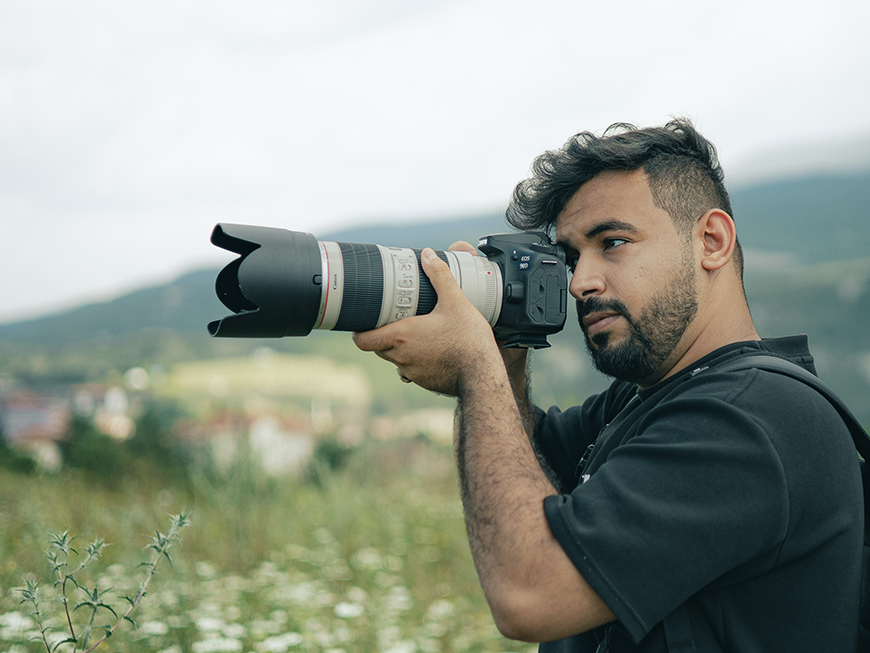
Image: يان-
Tip 4: When to Shoot
Don’t shoot in dim or dark light. Keep in mind when you use a teleconverter, you will need to double your ISO.
So, when shooting before dawn or after sunset, remove the teleconverter.
Tip 5: Brand Compatibility
Will buying the same brand as your lens or a third-party brand make a difference in performance?
It is always better to use the same brand because they’re designed for the lens.
Tip 6: 3x Teleconverters
I would advise you not to even try to use a 3x teleconverter.
They almost certainly guarantee a dark, low-grade image.
Even a 2x teleconverter pushes a lens’s comfort zone.
Tip 7: Full Frame Camera or Crop Sensor Camera
Preferably use teleconverters with a full-frame camera, not a crop sensor camera.
Full-frame cameras accept more light than crop sensor cameras.
And that’s it. If you follow these tips and tricks, you will be the master of long-range shoots.
FAQs
What types of lenses work with teleconverters?
Teleconverters work best with lenses that have a wide maximum aperture.
They also work best with premium sharp lenses.
Who Uses Teleconverters?
Nature photographers and wildlife photographers use teleconverters. It helps them get closer shots of their subjects.
Wild animals might be risky for a photographer to get close to. At the same time, birds might be disturbed by an approaching photographer.
Private detectives or paparazzi could favour the use of teleconverters. Image clarity isn’t as important as getting that hot shot.
Do professional photographers use teleconverters?
Yes, professional photographers use teleconverters.
However, not all professional photographers use teleconverters.
Do 2x teleconverters work?
2x teleconverters work but under very specific settings.
The photographer needs to be technically skilled to use a 2x teleconveter.
2x teleconverters need to be used in conjunction with premium sharp lenses.
What is the difference between extension tubes and teleconverters?
Extension tubes are simply a tube, nothing fancy, very basic.
They expand the lens away from the camera and push the lens closer to the subject.
Teleconvertoers are a magnify lens. They can focus to infinity.








